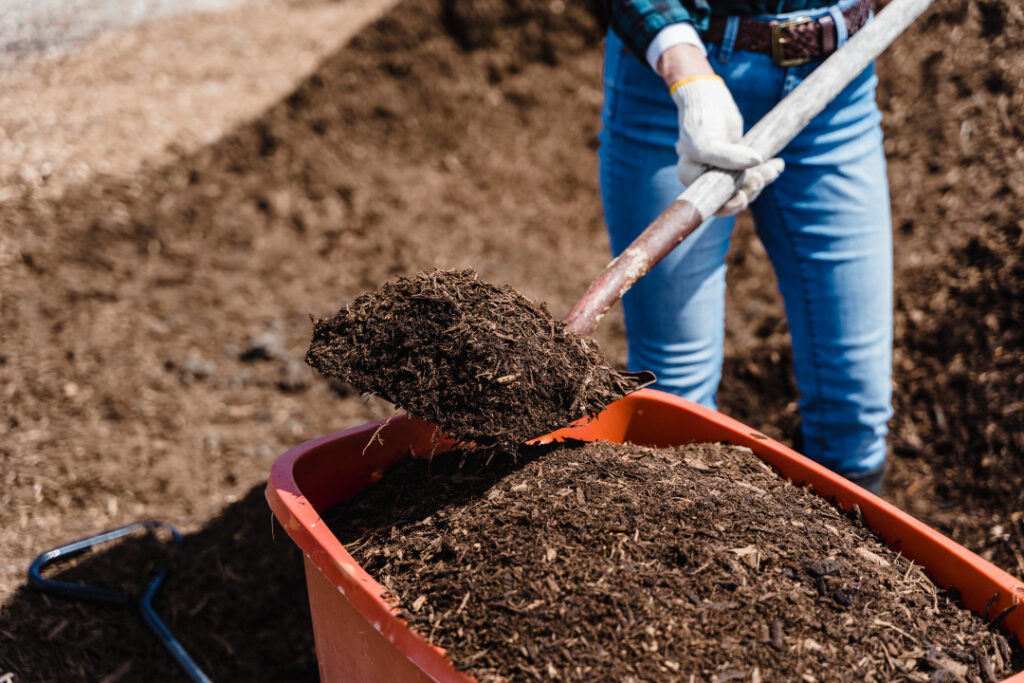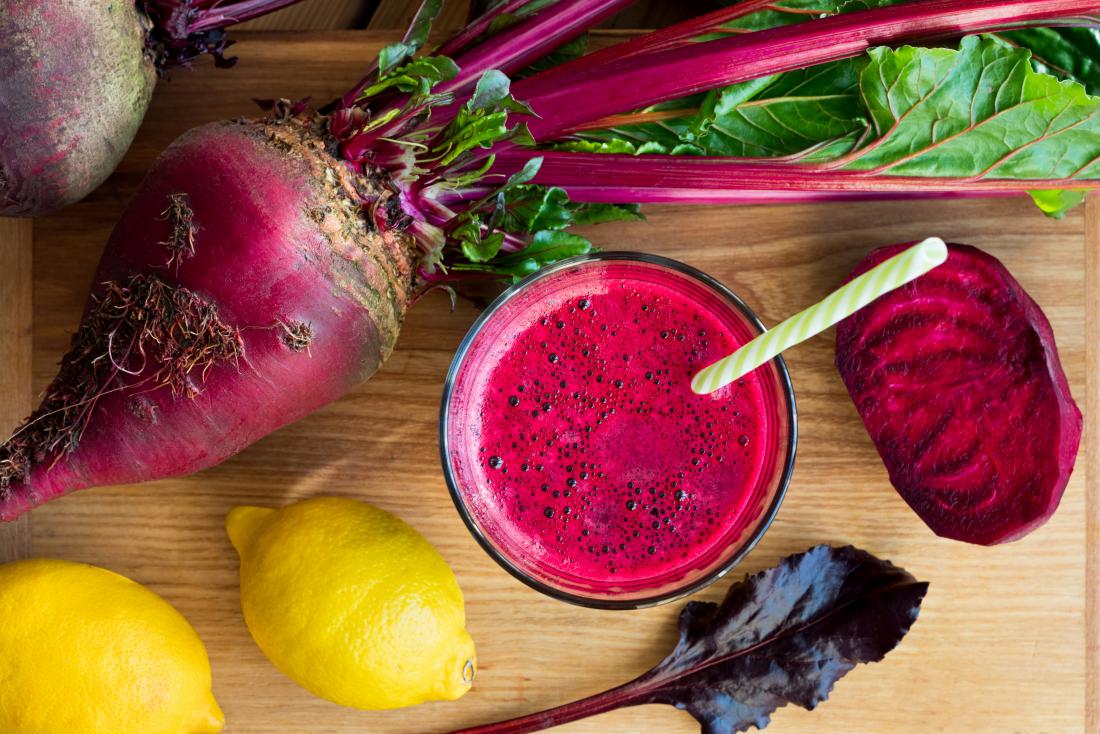
Mushroom compost, an organic and nutrient-rich soil amendment, is key to sustainable agriculture. This unique compost is made from spent mushroom substrate, also known as mushroom soil, the leftover material from mushroom growing operations. By recycling this waste material, farmers can contribute to a more sustainable agricultural system.
Mushroom compost offers numerous benefits, including enhancing soil fertility and structure, improving water retention, and adding essential nutrients to your soil. Whether you are maintaining a small home garden or tending to a large lawn, using mushroom compost enhances the health of your plants and supports sustainable agriculture practices.
In this article, we will delve deeper into the nature of mushroom compost — how to make it, how to use it, and how it impacts sustainable agriculture.
What is Mushroom Compost?
Mushroom compost is the residue left after mushroom farming. It is made up of the substrate mushroom growers use to cultivate their crops. This substrate primarily consists of organic materials such as horse manure, corn cobs, poultry litter, and various agricultural by-products. After the mushrooms are harvested, the remaining substrate is collected and processed to create mushroom compost.
The composition of mushroom compost can vary depending on the specific ingredients used in the substrate. However, it generally contains a balanced mix of organic matter, nutrients, and beneficial microorganisms, contributing to its effectiveness as a soil amendment.
Mushroom Compost vs. Regular Compost
While mushroom compost is similar to regular compost in many ways, there are some notable differences. One key difference is the type of nutrients present in each. Mushroom compost typically contains higher levels of nitrogen compared to regular compost. This makes it particularly beneficial for plants that require nitrogen-rich soil, such as leafy greens and vegetables.
Another difference is in the application of mushroom compost compared to regular compost. Mushroom compost is often used as a soil amendment or added directly to the garden soil, while regular compost is more commonly used as a top dressing or mulch. Both types of compost benefit the ground, but their application methods may vary.
Using mushroom compost over regular compost offers several advantages. Mushroom compost is specifically designed for the needs of growing mushrooms, which means it is packed with nutrients that support healthy mushroom cultivation. Additionally, mushroom compost is often pasteurized during the production process, which helps to reduce the presence of weed seeds and pests.
How Does Mushroom Compost Work?
Mushroom compost is rich in nutrients that are essential for plant growth. It contains a range of macro and micronutrients, including nitrogen, phosphorus, potassium, calcium, magnesium, and trace elements. These nutrients are released slowly over time, providing a steady and sustainable source of nourishment for plants.
In addition to its nutrient content, mushroom compost improves soil structure and drainage. Its organic matter helps to loosen compacted soil and promote a healthier root system. It increases the soil’s water-holding capacity, preventing excessive drying or waterlogging.
Furthermore, mushroom compost enhances soil fertility by promoting the growth and activity of beneficial soil microorganisms. These microorganisms break down organic matter, releasing nutrients and improving soil health. This improved fertility supports strong and healthy plant growth.
Using Mushroom Compost in Gardening
Mushroom compost can be used in various ways to benefit garden soil. One common method is to mix it with garden soil before planting. This helps to enrich the soil with nutrients and improves its overall quality. The ideal ratio of mushroom compost to soil can vary depending on the specific needs of your plants, but a general guideline is to use about 20-40 lbs of compost per 100 square feet of garden area.
Another way to use mushroom compost is as a soil amendment. It can be added to the top layer of soil or incorporated into the existing soil during planting. This helps to improve soil structure and provide essential nutrients to your plants. Mushroom compost is particularly beneficial for vegetable gardens, flower beds, and container plants.
Furthermore, mushroom compost can also be used as mulch. Applying a layer of mushroom compost around your plants helps to conserve moisture, control weeds, and regulate soil temperature. It acts as a natural fertilizer and gradually releases nutrients into the soil.
How to Make Mushroom Compost

Making mushroom compost involves several steps. Here is an essential guide to making mushroom compost:
- Source Mushroom Substrate: The main ingredient for mushroom compost is a substrate of various organic materials such as straw, hay, corn cobs, or wood chips. You can purchase pre-made substrate or make your own by combining different materials.
- Prepare the Substrate: If using straw or hay, soak them in water for 24 hours in a container to moisten them thoroughly. After soaking, drain away excess water and allow the substrate to cool and become damp but not dripping wet.
- Sterilize the Substrate: To eliminate any potential contaminants or competing organisms. This can be done by steaming or pasteurizing the substrate in a large pot of boiling water or using a pressure cooker. Follow the sterilization instructions specific to the substrate you are using.
- Add Mushroom Spawn: Mushroom spawn is a mixture of mycelium (the vegetative part of a fungus) and a substrate. Mix the spawn thoroughly into the sterilized substrate while it is still warm.
Fill containers or beds: Transfer the substrate and spawn mixture into plastic bags or prepared growing beds. Ensure that the growing medium is adequately filled, leaving some space for expansion. - Incubate: Place the containers or beds in a warm and dark area to allow the mycelium to colonize the substrate. Maintain a temperature of around 70-75°F (21-24°C) and high humidity (about 90%).
Monitor and maintain: Check the moisture levels regularly and mist the substrate if it starts to dry out. Avoid over-watering, as excessive moisture can lead to contamination. - Prepare for Fruiting: It’s time to prepare for fruiting after the mycelium fully colonizes the substrate (usually around 2-3 weeks). Create small holes or slits in the bags or cover the beds with moistened casing soil, such as peat moss or vermiculite.
- Maintain the fruiting conditions: Move the containers or beds to a well-ventilated area with indirect light, maintaining a slightly lower temperature of around 60-65°F (15-18°C). Maintain humidity levels around 85-90%, ensuring proper ventilation to prevent mold growth.
- Harvest: Depending on the variety, mushrooms will form within a few days to weeks. Harvest the mushrooms once they have reached the desired size by gently twisting or cutting them at the base.
How Does Mushroom Compost Impact Sustainable Agriculture?
Mushroom compost contributes to sustainable agriculture as a potent organic soil conditioner. Derived from the spent substrate in mushroom cultivation, this compost is rich in organic matter, providing a slow-release fertilizer that enhances soil structure and fertility. Incorporating gypsum in the compost ensures the regulation of soil pH levels, making it adaptable to various crops.
One of its notable advantages lies in its ability to improve the soil’s water-holding capacity. This characteristic reduces the required irrigation frequency and is particularly beneficial in regions prone to aridity. The nutrient composition, sourced from horse manure, poultry manure, and cottonseed hulls, supports plant growth, offering an alternative to chemical fertilizers.
The pasteurization process, conducted at around 160 degrees Fahrenheit, eliminates pests and germinating seeds, creating a controlled and favorable environment for plant growth. The slow-release nature of mushroom compost ensures a sustained nutrient supply to plants, aligning with sustainable agricultural practices.
However, caution is advised in applying mushroom compost to avoid potential issues associated with high salt content, which can adversely affect young seedlings and certain crops. Commercial availability in garden centers makes mushroom compost accessible for large-scale agriculture and home gardens. Its application aids in breaking down dense soils, improving aeration, and promoting overall soil health.
Cautionary Tips When Using Mushroom Compost
Past Use Concerns:
- Ensure that spent mushroom compost may have been used previously for growing mushrooms.
- Ensure it has been adequately pasteurized to eliminate potential pests or diseases.
Salt Level Awareness:
- Be cautious of high salt levels in 40 lbs of mushroom compost.
Monitor and adjust usage, especially for azalea and rhododendrons sensitive to salt.
General Garden Use:
- When using in the garden, ensure the mushroom compost is well-composted and provides benefits for general use.
- Monitor its impact on 40 lbs of young seedlings to avoid harm.
Specific Plant Sensitivity:
- Some plants, such as azaleas and rhododendrons, may be more sensitive to compost characteristics.
- Adjust application based on the specific needs of your plants.
Inoculated Compost Consideration:
- If the compost is inoculated with mushroom mycelium, it’s intended for growing mushrooms.
- Avoid using directly in the garden, especially with 40 lbs of plants that may be adversely affected.
Seed Germination Precaution:
- Pasteurization may kill germinating seeds in the compost.
- Plan your planting accordingly, especially if using the compost for starting seeds.
Safety Measures:
- Ensure spent mushroom compost is treated with steam or pasteurized to kill potential contaminants.
- Follow recommended safety measures when handling and applying compost.
Consultation for Uncertainties:
- Contact your local agricultural services if you are still determining compost quality, plant compatibility, or potential issues.
- Seek professional advice to address specific concerns related to your garden and soil.
Adapt Usage as Needed:
- Be prepared to adapt the usage of 40 lbs of mushroom compost based on the specific needs of your plants and garden.
- Monitor soil conditions and plant health regularly.
Frequently Asked Questions
Q: How is mushroom compost made?
A: Mushroom compost combines organic materials such as straw, poultry or horse manure, and other agricultural wastes. These materials are mixed and pasteurized to kill pests or weed seeds. After pasteurization, the compost is inoculated with mushroom spawn and decomposes for three to four weeks. During this time, the compost breaks down and becomes rich in nutrients, making it suitable for growing mushrooms.
Q: Can mushroom compost be used for other plants besides mushrooms?
A: Mushroom compost can be used as a soil amendment for various plants. Its high organic matter content helps to improve soil structure and fertility. It also has a water-holding capacity, making it beneficial for plants that require consistent moisture. However, it is essential to note that some plants may have specific nutrient requirements, so it is always best to do a soil test and adjust the compost accordingly.
Q: How is mushroom compost different from standard compost?
A: While mushrooms and standard compost are organic materials that help improve soil fertility, there are a few key differences. Mushroom compost is specifically formulated to provide the ideal growing conditions for mushrooms, whereas standard compost is more general in nutrient content. Additionally, mushroom compost is typically pasteurized to kill potential pathogens, whereas normal compost may not undergo the same level of treatment.
Q: Can mushroom compost be used in organic farming?
A: Yes, mushroom compost is a great organic option for farming. It is high in organic matter and provides essential nutrients for plants. However, ensuring that the mushroom compost is sourced from organic materials and contains no chemical additives is crucial. If you have any doubts or concerns, don’t hesitate to contact your local organic certification body for guidance.
Q: Can mushroom compost be used as a top dressing for lawns?
A: Mushroom compost can be used as a top lawn dressing. Its organic matter content helps to improve soil structure and fertility, resulting in a healthy and lush lawn. However, it is vital to use mushroom compost in moderation and avoid excessive use, as it can cause nutrient imbalances or burn the grass if used in large quantities.
Q: How often should I apply mushroom compost to my plants?
A: The frequency of applying mushroom compost to plants depends on various factors, such as the plant’s nutrient requirements and soil fertility. A thin layer of compost can be applied once or twice a year as a general guideline. However, it is always best to assess the needs of your specific plants and consult a gardening expert for personalized guidance.
Q: Can mushroom compost be used in hydroponic systems?
A: Mushroom compost is not typically used in hydroponic systems, as these systems rely on nutrient solutions specifically tailored to the needs of the plants. However, small amounts of mushroom compost can be used as a source of organic matter in hydroponic systems that utilize an inert growing media such as clay pellets or rock wool.
Conclusion
In conclusion, mushroom compost is an organic substrate from the mushroom farming industry that provides many benefits for sustainable agriculture. It is an excellent source of organic matter and has a high water-holding capacity, which can improve the soil’s fertility and moisture retention. It can be used as a compost in the garden or worked into the soil to help grow various plants. Adding other organic materials, such as poultry, horse manure, and gypsum, can further enhance the benefits of mushroom compost.
It is important to note that the compost should be used after it has already been used to grow mushrooms, as the steaming process used in mushroom cultivation helps kill any potential pests. Additionally, adding a layer of sphagnum moss and ground limestone can help increase the water-holding capacity and break down dense soils over time. Those interested in growing mushrooms at home or specifically for growing mushrooms should read this article and, if sensitive to high chemical use, don’t hesitate to contact your local agriculture experts for guidance.
For more compelling articles like this, subscribe to our community at the Family Hint today!



